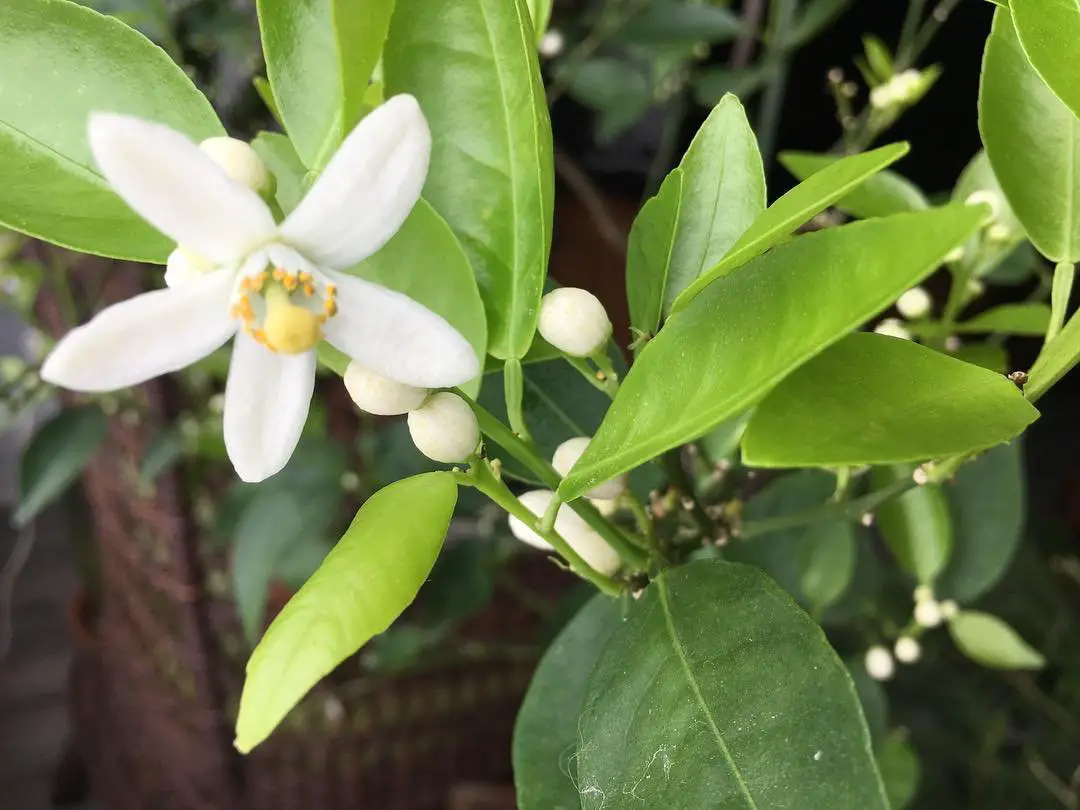Discover how to grow and care for clementine flowers, known for their delicate citrus blossoms. Learn planting tips, maintenance advice and how to enjoy these fragrant flowers in your garden.
Clementine trees, a type of mandarin orange, are beloved for their sweet fruit. But many gardeners also cherish these trees for their beautiful and fragrant blossoms. In this guide, we’ll explore how to grow and care for clementine flowers, turning your garden into a citrus paradise.
However, here is a chart with information on clementine flowers:
| Category | Information |
|---|---|
| Botanical Name | Citrus reticulata |
| Common Name | Clementine, Mandarin Orange |
| Plant Type | Evergreen Tree |
| Hardiness Zone | 9-11 |
| Sun Exposure | Full Sun |
| Soil Type | Well-drained, Loamy, Fertile Soil |
| Watering | Moderate, Keep Soil Moist but Not Waterlogged |
| Growth Habit | Upright, Rounded Canopy |
| Height/Spread | 8-15 feet tall / 6-10 feet wide (Dwarf Varieties Available) |
| Flowering Time | Spring |
| Flower Description | Small, White, Fragrant Flowers |
| Special Features | Highly Fragrant Flowers, Attracts Pollinators, Produces Edible Fruit, Evergreen Foliage |
What Are Clementine Flowers?

Clementine flowers are the blossoms of the clementine tree (Citrus × clementina). These delicate white flowers have a sweet, citrusy scent and typically bloom in spring. They’re not only beautiful but also play a crucial role in fruit production.
Characteristics of Clementine Flowers:
- Color: Pure white
- Size: Small, usually about 1-2 cm in diameter
- Scent: Strong, sweet citrus fragrance
- Blooming season: Primarily spring, with some varieties blooming year-round
How to Grow Clementine Trees for Their Flowers
Growing clementine trees for their flowers is a rewarding experience.
Here’s how to get started:
Choosing the Right Location
Clementine trees thrive in:
- Full sun (at least 6-8 hours of direct sunlight daily)
- Well-draining soil
- Protected areas away from strong winds
Planting Your Clementine Tree
- Choose a dwarf clementine variety if you’re planting in a container.
- Dig a hole twice the size of the root ball.
- Place the tree at the same depth it was in its nursery container.
- Backfill with soil and water thoroughly.
Soil and Fertilizer Requirements
- Use well-draining, slightly acidic soil (pH 6.0-6.5).
- Apply a balanced, slow-release fertilizer designed for citrus trees in early spring.
Caring for Your Clementine Tree to Promote Flowering
Proper care is essential for abundant clementine flowers:
Watering
- Water deeply but infrequently to encourage deep root growth.
- Allow the top inch of soil to dry between waterings.
Pruning
- Prune your clementine tree in late winter or early spring before new growth begins.
- Remove dead, diseased, or crossing branches to improve air circulation.
Protection from Pests and Diseases
Common issues include:
- Citrus leaf miner
- Scale insects
- Citrus canker
Use organic pest control methods when possible and consult a local nursery for specific advice.
Enjoying Clementine Flowers in Your Garden
Clementine flowers offer more than just fruit potential:
Attracting Pollinators
The fragrant blossoms attract bees and butterflies, enhancing your garden’s ecosystem.
Aromatherapy Benefits
The sweet scent of clementine flowers can have calming effects. Consider planting near seating areas to enjoy the fragrance.
Culinary Uses
While less common than other edible flowers, clementine blossoms can be used to:
- Garnish desserts
- Infuse syrups
- Add a citrusy note to salads
Troubleshooting Common Clementine Flower Issues
Sometimes, clementine trees may face flowering problems:
Lack of Blooms
Possible causes:
- Insufficient sunlight
- Over-fertilization with nitrogen
- Improper pruning
Solution: Ensure proper growing conditions and balanced care.
Flower Drop
If flowers fall off before fruiting:
- Check for consistent watering
- Protect from extreme temperatures
- Ensure adequate pollination
Growing clementine flowers brings beauty, fragrance, and the potential for delicious fruit to your garden. With proper care and attention, you can enjoy these delightful citrus blossoms year after year. Whether you’re an experienced gardener or a beginner, the joy of seeing your clementine tree in full bloom is truly rewarding.
Remember, patience is key when growing citrus trees. It may take a few years for your tree to establish and produce abundant flowers. But with the right care, you’ll soon have a flourishing clementine tree that’s the pride of your garden.
For more gardening tips and plant care guides, visit usagardenhub.com







One comment on “Clementine Flowers : Growing and Caring for These Citrus Blossoms”